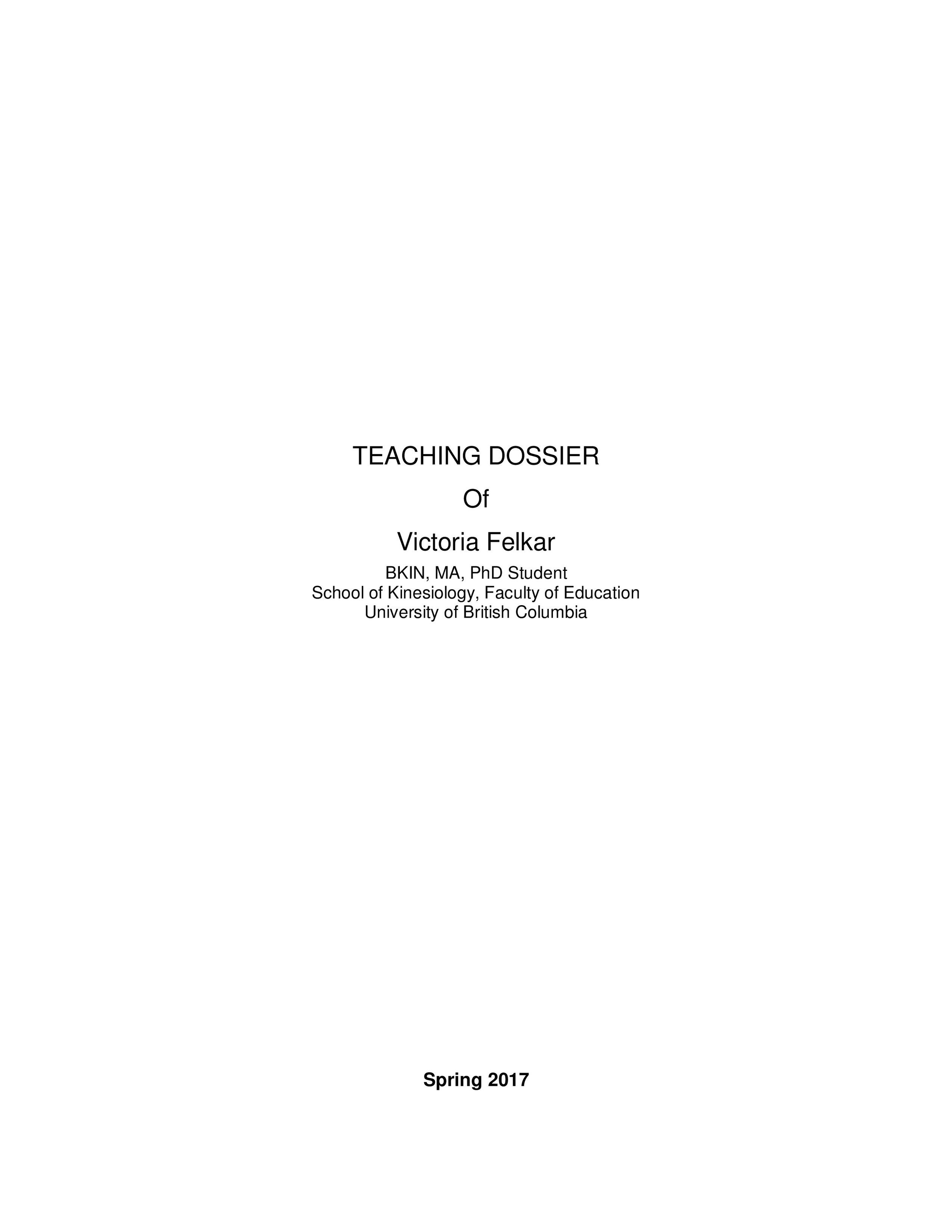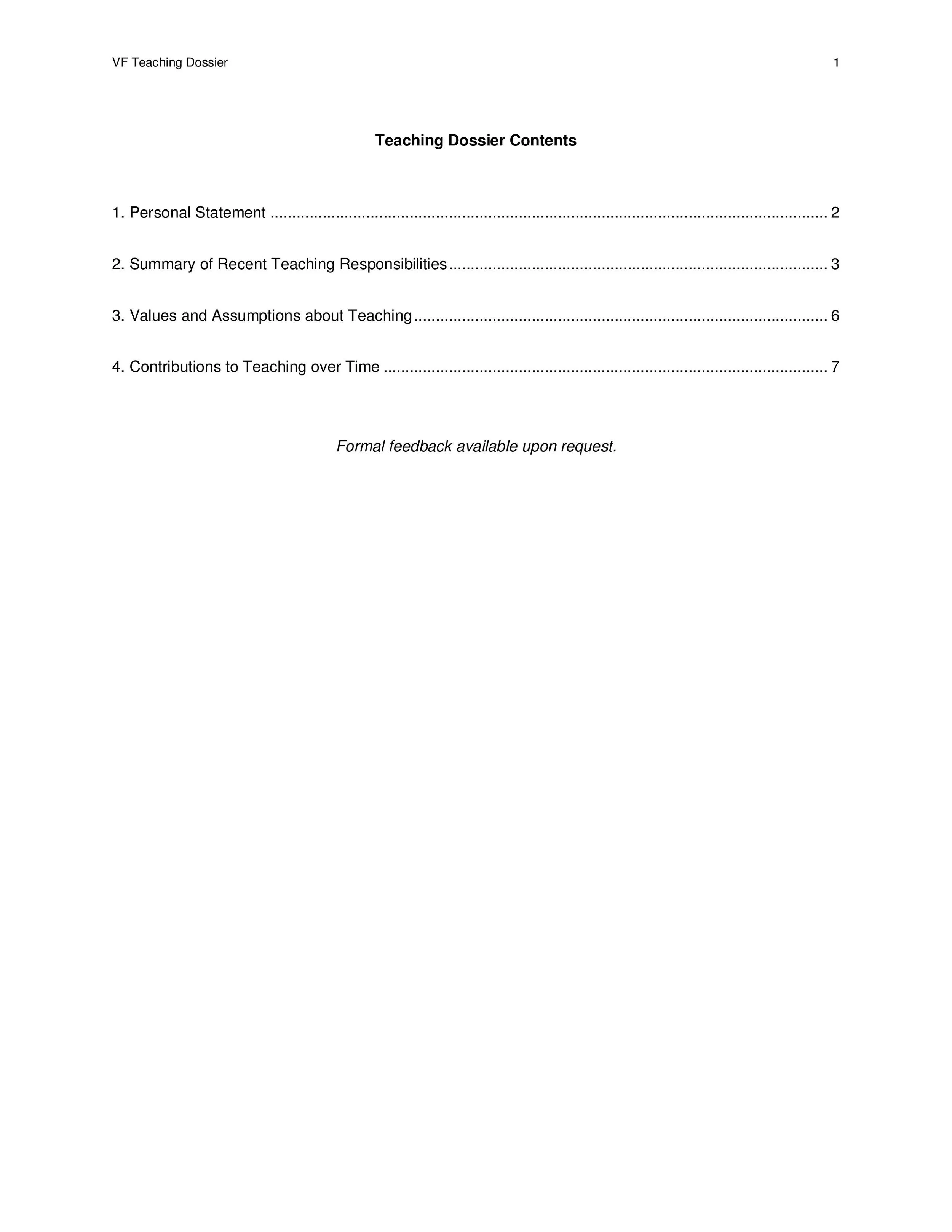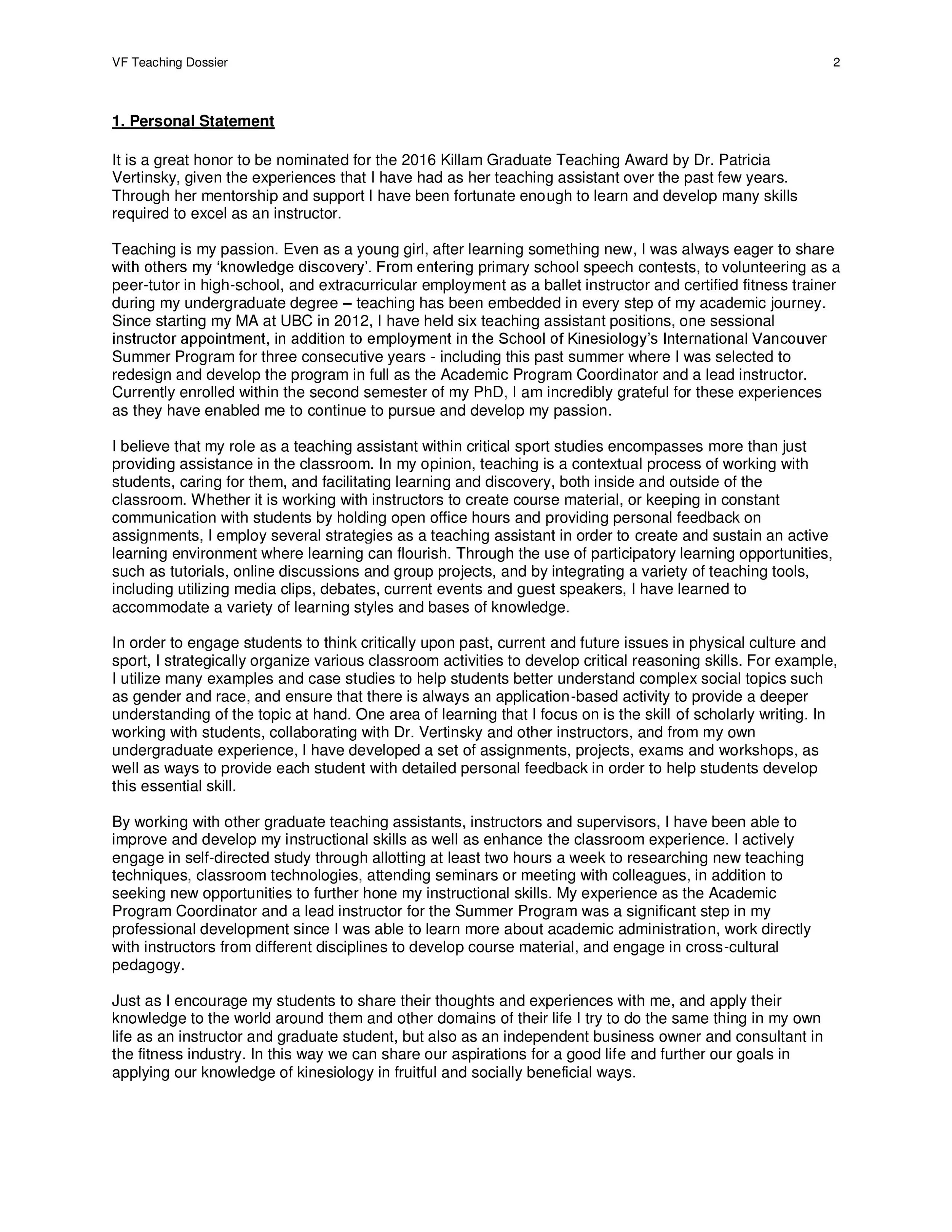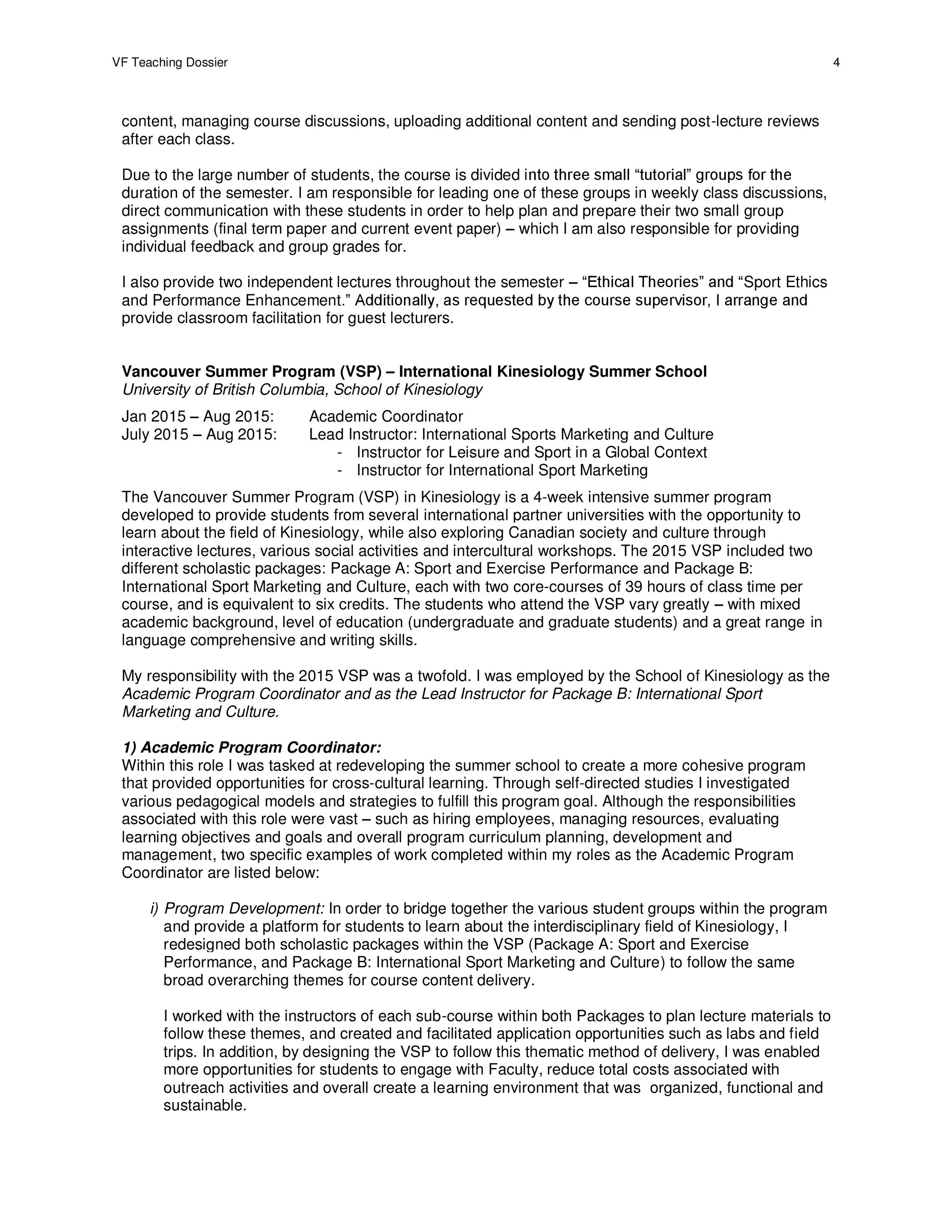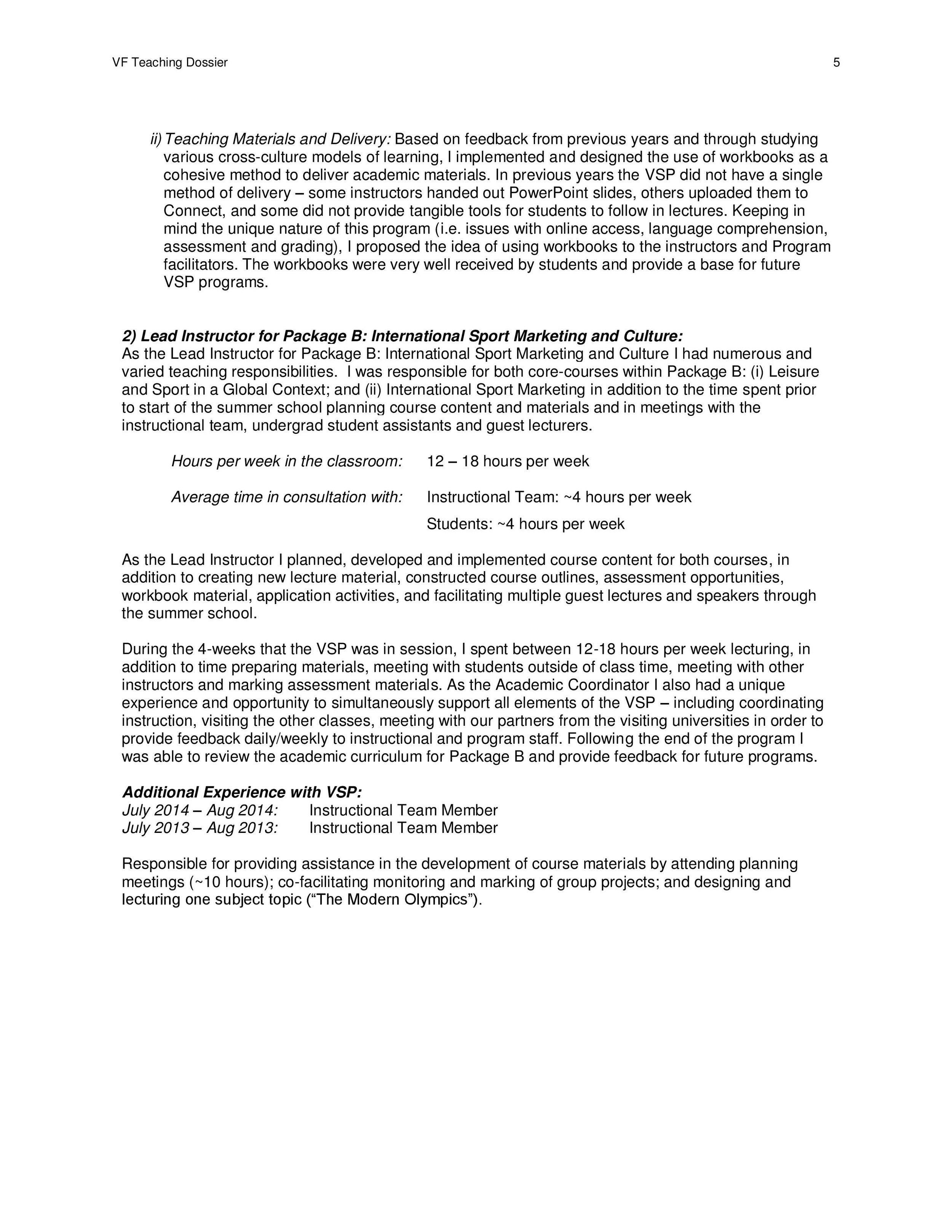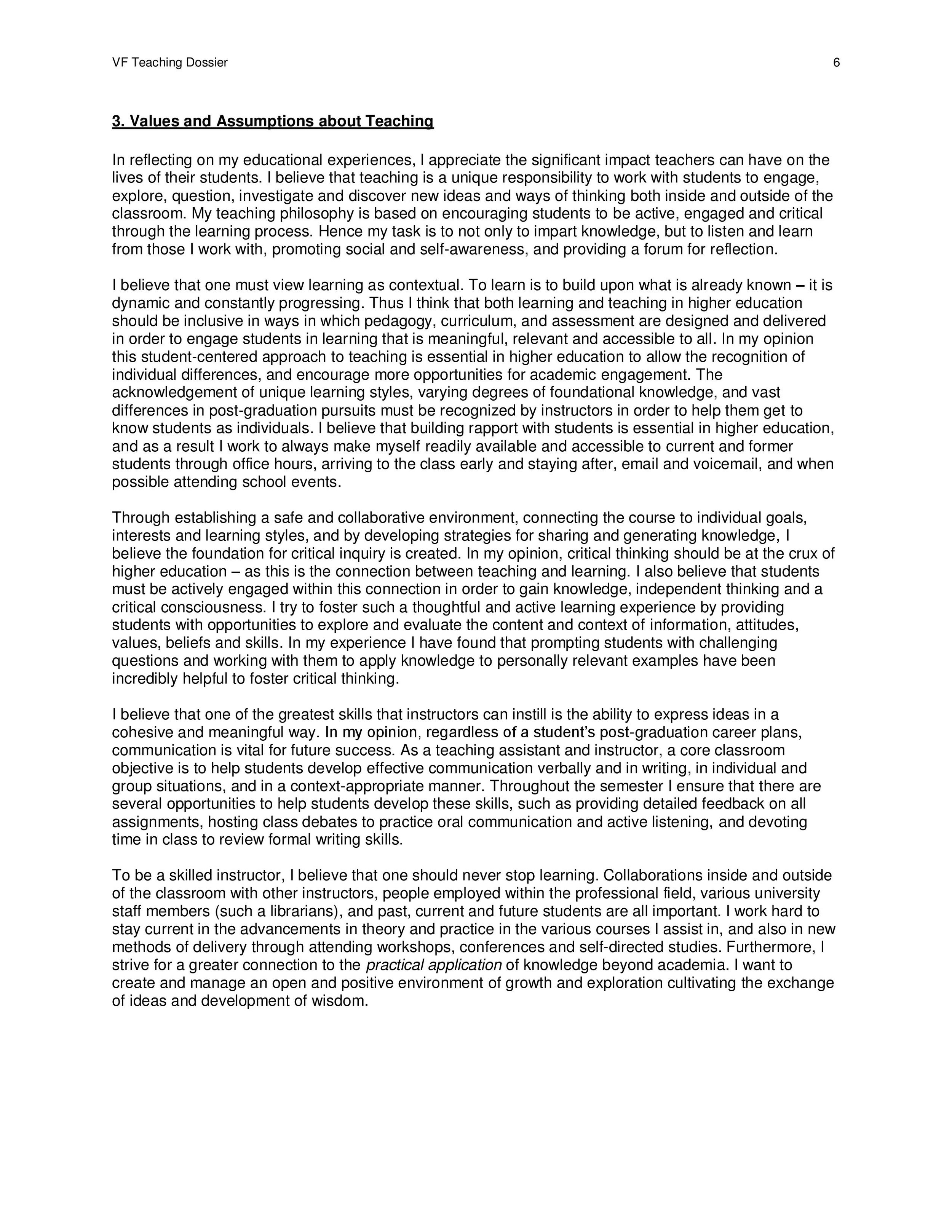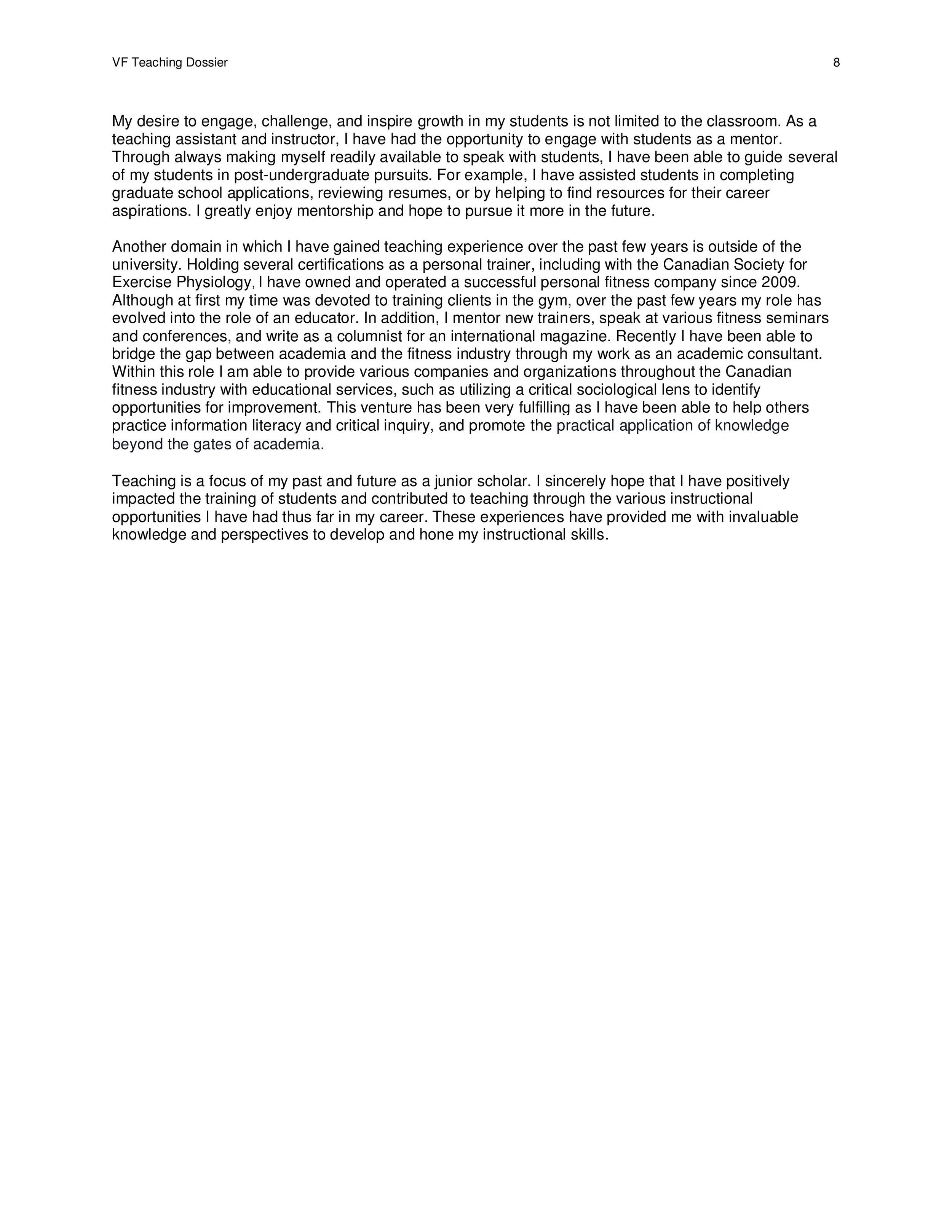How can a muscular body be both feared and revered within popular culture at the same time?
Project Overview:
The issue of the relationships among muscularity, body type and criminal behaviour has long intrigued scholars. Criminologists, psychologists, physical educators and the health profession more broadly have enquired into the relationship between body type and criminality, specifically addressing the links between criminal behaviour and a “mesomorphic” or muscular physique (Rafter, 2007; Vertinsky, 2007; Walby & Carrier, 2010; Wright & Miller, 1998). Although early biological theories of crime, such as body profiling, in particular William Sheldon’s somatotyping categories (Sheldon, 1954), have undergone extensive scientific scrutiny and subsequent critique, they continue to persist within contemporary culture. Why has criminology and body typology constructed the muscular body as deviant? What are the implications for linking criminal behaviour to muscularity? What other fields propagate somatotyping’s mesomorphic-delinquency correlation?
From growing fears about the dangers of muscular prisoners to the enduring stigmatization encountered by female bodybuilders (Shilling & Bunsell, 2009), there remains an open “disdain for the culture of muscle” (Darkes, 2000). At the same time, there is a growing admiration for a muscular appearance and accompanied athletic excellence. This “muscular ideal” and the drive for muscularity in men is well-documented in Western culture (Thompson & Cafri, 2007). In addition to the traditional norms of masculinity that associate the male gender role with a muscular physique (Helgeson, 1994; Mussap, 2008), male and female athletes operate within a context that requires heightened levels of muscularity to achieve sporting excellence and for functional performance-based purposes, such as increased athletic performance and decreased risk of injury (Steinfeldt, Carter, Benton, & Steinfeldt, 2011). How did the dominant and largely negative narratives around the muscular body in contemporary culture develop and what ramifications do they have for those who pursue muscle? Why are there conflicting messages around the pursuit of muscularity in contemporary culture? How are these messages understood and addressed in competitive sport, the recreation and fitness industry, and physical culture?
Through the perpetuation of somatotyping and the mesomorphic-delinquency correlation, criminology has continued to construct, promote and re-produce knowledge of what a “delinquent” body is. Rafter (2007) argues that in order to “understand the origins, acceptance and maintenance of criminological [theories]” (p. 825) an analytical framework that includes social histories is fundamental. As a result, the proposed research intends to add a historical perspective to enhance our limited knowledge of muscular profiling and highlight the development, impact and influences of criminology’s construction of the muscular body as deviant. The aim of this study is to explore the ways in which criminology and body typology have constructed and reinforced knowledge of the muscular body, and the impact of these beliefs in contemporary thought and practice.
Want to learn more? Contact me for details.
References
Darkes, J. (2009). Muscular Profiling – Is Muscularity Evidence of a Crime? Retrieved from http://thinksteroids.com/articles/muscle-profiling-steroids/
Helgeson, V. S. (1994). Prototypes and dimensions of masculinity and femininity. Sex Roles, 31, 653– 682.
Mussap, A. J. (2008). Masculine gender role stress and the pursuit of muscularity. International Journal of Men’s Health, 7(1), 72-89.
Rafter, N. H. (2008). The criminal brain: Understanding biological theories of crime. New York: New York University Press
Rafter, N. H. (2007). Somatotyping, antimodernism, and the production of criminological knowledge. Criminology, 45(4), 805-833.
Sheldon, W. H. (1954). Atlas of men: A guide for somatotyping the adult male at all ages. New York: Harper & Brothers.
Shilling, C., & Bunsell, T. (2009). The female bodybuilder as a gender outlaw. Qualitative Research in Sport and Exercise, 1(2), 141-59.
Steinfeldt, J. A., Carter, H., Benton, E., & Steinfeldt, M. C. (2011). Muscularity beliefs of female college student-athletes. Sex Roles, 64, 543–554.
Thompson, K. J., Cafri, G. (Eds.). (2007). The muscular ideal: Psychosocial, social, and medical perspectives. Washington, DC: American Psychological Association
Vertinsky, P. (1990). The eternally wounded women. Women, doctors, and exercise in the late nineteenth century. New York: Manchester University Press.
Vertinsky, P. (2007). Physique as destiny: William H. Sheldon, Barbara Honeyman Heath and the struggle for hegemony in the science of somatotyping. Canadian Bulletin of Medical History = Bulletin Canadien d'Histoire De La Médecine, 24(2), 291-316.
Walby, K., & Carrier, N. (2010). The rise of biocriminology: Capturing observable bodily economies of ‘criminal man’. Criminology & Criminal Justice, 10(3), 261-285.
Wright, R. A., & Miller, J. M. (1998). Taboo until today? The coverage of biological arguments in criminology textbooks, 1961 to 1970 and 1987 to 1996. Journal of Criminal Justice, 26(1), 1-19.








